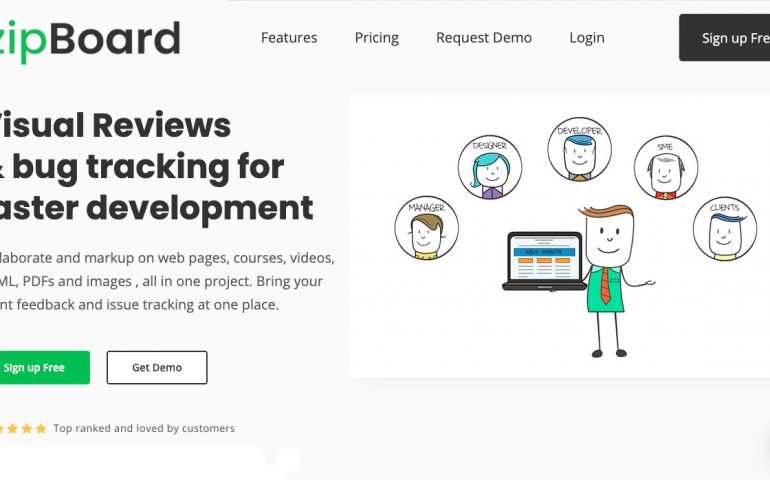29 Oct

Everything You Need to Know Behind the Basics of Brand Archetypes
Branding your company to stand out amongst the competition sounds like a daunting task. And even though it is an intense process, it isn’t that hard and it can be fun. It is just a time-consuming process. Remember though, consistency is key. The branding journey can be less complicated by learning about branding archetypes. Use
05 Oct

Using Agile methodology for eLearning course development
More and more eLearning professionals are inclining towards making their process and their team agile.
28 Aug

The Most Popular 45+ Web Tools in 2023
Want to Add zipBoard to Your Tool Stack for Web Projects? Start your free trial or book a demo today so that we can create a tailored solution for you. Book DemoStart Free Trial
04 Aug

eLearning Quality Assurance Checklist with use cases and examples
eLearning QA checklist for evaluating online eLearning content. With use case scenarios and example for every assessment.
06 May

Why do designers need project management tools
Are you a designer? Are you always struggling to keep your inbox in control? Are you the one who has to spend more time clearing the clutter than actually designing? The design is no longer done in isolation. Design these days is a team sport. Rather it always was, when it comes to designing experiences.
14 Apr

Creating high quality eLearning courses with zipBoard | In conversation with John Just
KnowBe4 - the world’s largest security awareness training company shares its best practices for creating quality online learning
23 Oct

The Challenges of Enterprise Ecommerce Design
Enterprise-level e-commerce is a serious business with a lot of money on the line. With good design, not only is the top-end value of a conversion likely to be significantly higher, but the likelihood that the fallout from a slight misstep will snowball into a social media firestorm is much greater.
30 Jul

6 Tips To Establish A Project Management Process in Learning Development
Learning Creation can tend to be chaotic, if proper processes are not followed. Missing deadlines and ineffective content also results from an unplanned learning delivery. Assigning roles and priorities can help create a repeatable process in e-learning. Here are a few tips to establish an effective process for learning delivery


